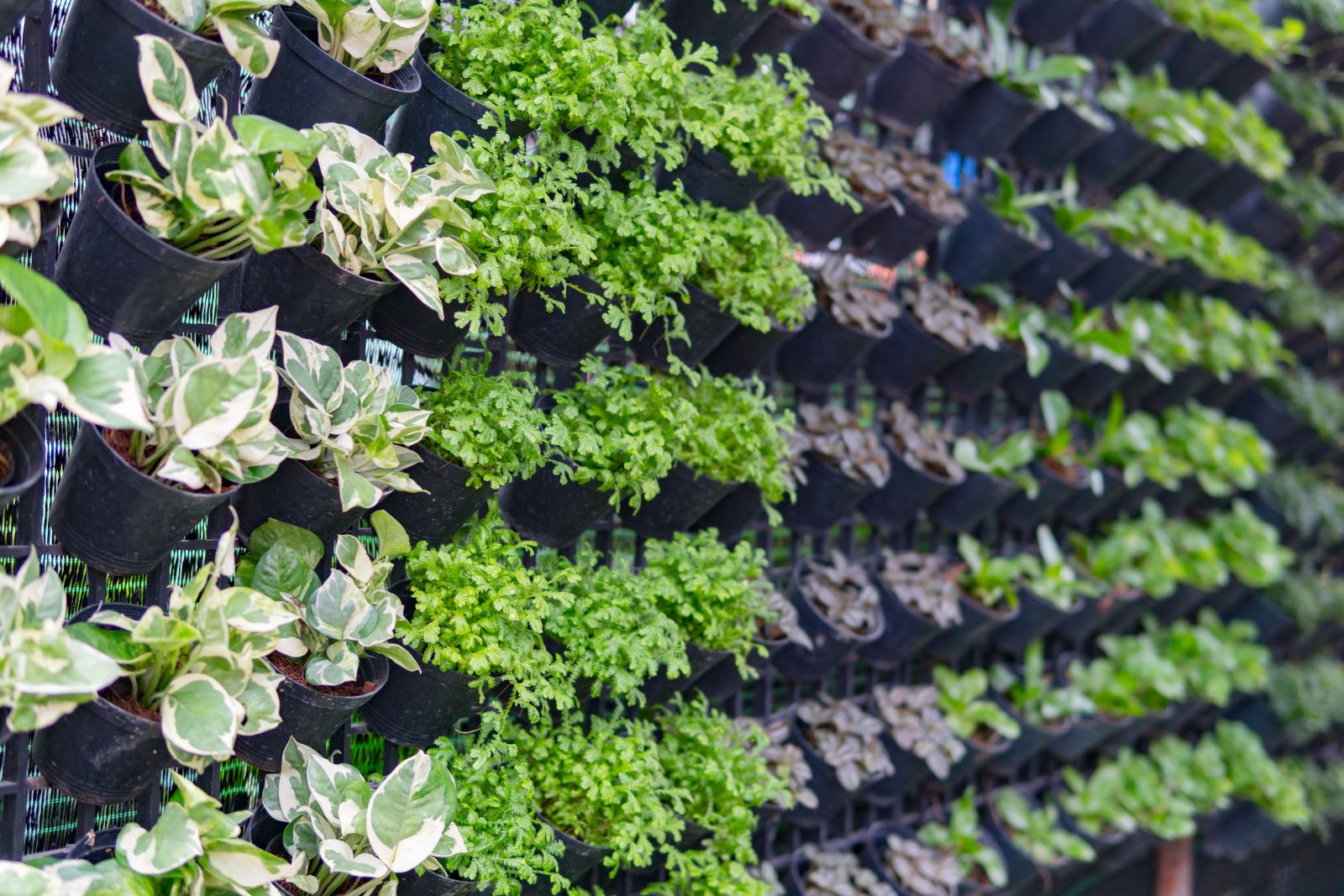Mastering Vertical Garden Maintenance: Tips and Tricks for Success
19-06-2023
Welcome to our comprehensive guide on mastering vertical garden maintenance. In this article, we will provide you with valuable tips and tricks to help you successfully maintain your vertical garden. Whether you are a seasoned gardener or a beginner, this guide will equip you with the knowledge and strategies needed to ensure your vertical garden thrives.

Understanding Vertical Gardens
Before we delve into the maintenance aspect, let's briefly discuss what vertical gardens are and why they have gained popularity in recent years. Vertical gardens, also known as living walls or green walls, are innovative and space-saving solutions that allow plants to grow vertically on a wall or other vertical surface. These gardens offer numerous benefits such as improved air quality, reduced energy consumption, and enhanced aesthetic appeal.
Selecting the Right Plants
Choosing the right plants for your vertical garden is crucial for long-term success. Consider the following factors when making your selection:
1. Light Requirements
Different plants have varying light requirements. Some thrive in full sun, while others prefer partial or full shade. Assess the available light conditions in the area where your vertical garden will be installed, and choose plants accordingly. It's essential to ensure that your plants receive the appropriate amount of light for healthy growth.
2. Watering Needs
Watering is a critical aspect of vertical garden maintenance. Some plants require more frequent watering, while others are more drought-tolerant. Consider the water requirements of each plant species and create a watering schedule to provide adequate moisture without overwatering.
3. Soil Considerations
Vertical gardens often utilize specialized growing mediums instead of traditional soil. These mediums provide better drainage and prevent excess weight on the vertical structure. Research the specific soil requirements of your chosen plant species and use appropriate soil mixes or growing mediums to ensure optimal growth conditions.
Installation and Structure Maintenance
Proper installation and regular maintenance of the vertical garden structure are essential for its longevity and functionality. Here are some tips to consider:
1. Sturdy Support
Ensure that the wall or structure where your vertical garden will be installed is strong enough to support the weight of the plants, soil, and water. Seek professional advice if needed, to guarantee the safety and stability of your vertical garden.
2. Regular Inspections
Periodically inspect the structure and fix any loose or damaged components promptly. Check for signs of water leakage, weakened attachments, or plant overgrowth that may affect the stability of the vertical garden.
3. Pruning and Trimming
Regular pruning and trimming of the plants in your vertical garden are necessary to maintain their health and appearance. Remove any dead or diseased foliage, and trim excessive growth to promote better air circulation and prevent overcrowding.
Watering and Fertilization Techniques
Watering and fertilizing your vertical garden correctly are crucial for optimal plant growth. Follow these guidelines:
1. Watering Methods
Vertical gardens may require different watering techniques compared to traditional gardens. Consider using an efficient irrigation system, such as drip irrigation or a misting system, to ensure even distribution of water throughout the entire garden. Avoid excessive watering, as it can lead to root rot and other plant diseases.
2. Fertilizer Application
Select a balanced, slow-release fertilizer suitable for the types of plants in your vertical garden. Follow the manufacturer's instructions for application rates and frequency. Applying fertilizer regularly will provide the necessary nutrients for healthy growth and vibrant foliage.
Pests and Disease Prevention
Protecting your vertical garden from pests and diseases is essential to maintain its beauty and health. Here are some preventive measures:
1. Regular Monitoring
Inspect your plants regularly for signs of pest infestation or disease. Look for chewed leaves, discoloration, wilting, or abnormal growth patterns. Early detection is crucial for effective treatment.
2. Natural Pest Control
Consider using natural pest control methods such as introducing beneficial insects or using organic pest repellents. Avoid harsh chemical pesticides that may harm the environment or beneficial organisms.
3. Disease Management
If you notice any signs of plant disease, promptly remove the affected plants to prevent the spread of infection. Maintain good airflow around the garden and practice proper sanitation to minimize disease risks.
Congratulations! You have now gained valuable insights into mastering vertical garden maintenance. By following the tips and tricks provided in this guide, you can ensure that your vertical garden flourishes and becomes the envy of others. Remember to choose the right plants, maintain the structure, water and fertilize appropriately, and stay vigilant against pests and diseases. With dedication and proper care, your vertical garden will continue to thrive and bring joy for years to come.
